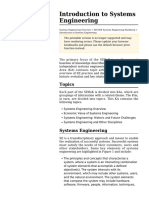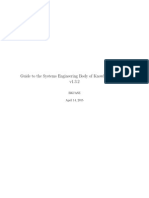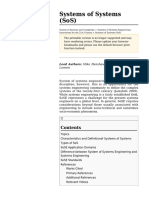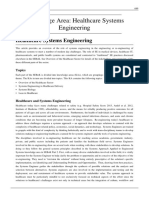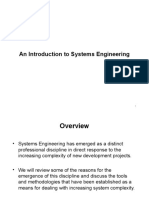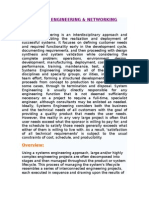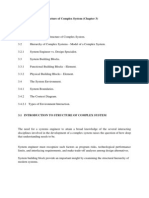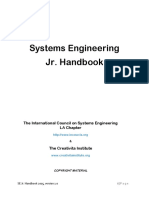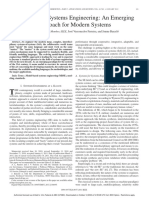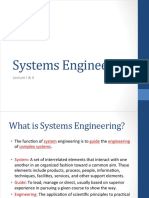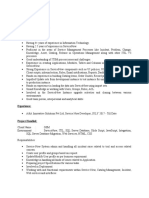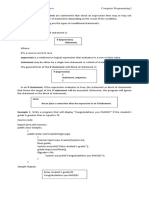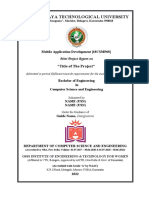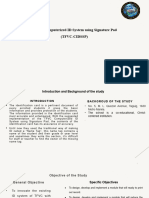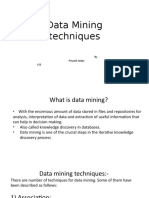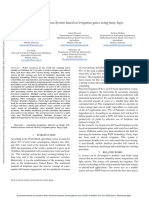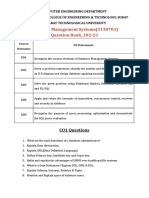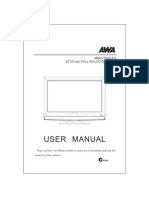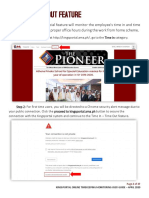0% found this document useful (0 votes)
63 views6 pagesStructure Overview
The document discusses the structure and contents of the Systems Engineering Body of Knowledge (SEBoK). It describes the eight parts of the SEBoK and how they relate to each other. The parts cover topics like the foundations of systems engineering, the practice of SE, applications of SE, and related disciplines.
Uploaded by
Paulo CabeceiraCopyright
© © All Rights Reserved
We take content rights seriously. If you suspect this is your content, claim it here.
Available Formats
Download as PDF, TXT or read online on Scribd
0% found this document useful (0 votes)
63 views6 pagesStructure Overview
The document discusses the structure and contents of the Systems Engineering Body of Knowledge (SEBoK). It describes the eight parts of the SEBoK and how they relate to each other. The parts cover topics like the foundations of systems engineering, the practice of SE, applications of SE, and related disciplines.
Uploaded by
Paulo CabeceiraCopyright
© © All Rights Reserved
We take content rights seriously. If you suspect this is your content, claim it here.
Available Formats
Download as PDF, TXT or read online on Scribd
/ 6


